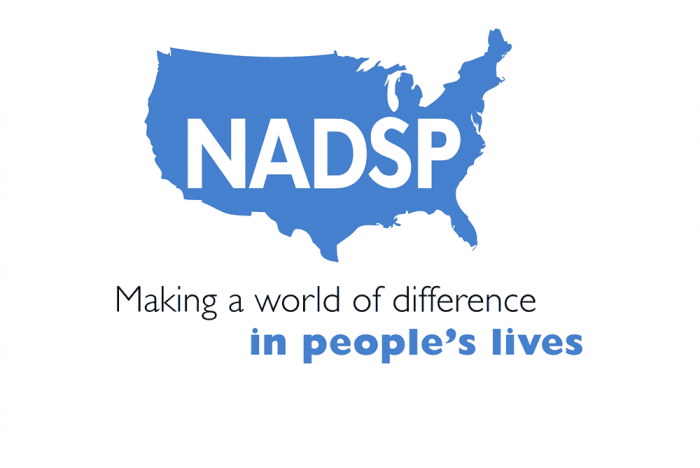| In March of 2020, many businesses and schools followed safety protocols, closed their doors, and began working and participating remotely. For the vast majority of direct support professionals (DSPs), this was not an option. As we learned from friends and colleagues across the country of the mounting challenges in providing supports safely to individuals with disabilities during the COVID-19 pandemic, we knew it was important to hear directly from DSPs about their experiences.
In response to this need, the University of Minnesota’s Institute on Community Integration quickly developed a 27-question survey and collaborated with the National Alliance for Direct Support Professionals to reach a large sample of DSPs from across the country. Almost 9,000 direct support workers from the U.S. completed the survey between April 23-May 27, 2020 with at least one survey received from every state.
This survey, completed by direct support professionals, was intended to gather evidence about their experiences and lead to effective policy and practice decisions about what is needed and to better prepare for future waves of this pandemic.
The report concludes with a section “Moving Forward- What is Needed?” that includes the following recommendations:
Comprehensive, organized and funded response plans at national and state levels for additional waves of COVID-19 and future pandemics.
This workforce needs to be officially identified as essential workers in order to retain DSPs in their jobs. Some DSPs left work to care for children or other family members. Access to essential worker status and pay can help to offset added costs experienced by DSPs such as childcare. It can also provide financial support needed to remain in their job. Given their close proximity to people who receive supports and their loved ones, DSPs need to have access to PPE to protect everyone’s health and safety. A main way to support and recognize this workforce is to establish a standard occupational classification (SOC) code. Establishing a SOC code for direct support workers would make it much easier to identify this workforce as “essential workers.”
Wage increases for essential workers commensurate with the increased level of exposure.
Direct support depends largely on human interaction, placing workers at increased risk for contracting COVID-19. Only 24% of respondents indicated they were paid higher wages during the pandemic and many employees were working a high number of overtime hours. Recognizing their increased risk through increased wages allocated for other groups of workers is critically important.
Access to career pathways.
Nearly 74% of respondents indicated they were primary wage earners in their household, earning an average of $13.63 per hour. This workforce should have access to career pathways and credentialing programs that result in increased wages and access to benefits. Credentialing programs provide opportunities for DSPs to increase their skills, resulting in the provision of higher quality supports.
Increased training on health and safety.
Nearly 27% of new hires during the COVID-19 pandemic were reportedly not getting typical orientation and preservice training. Comprehensive safety training needs to be provided at the onset of a public health crisis. New hires need comprehensive orientation and onboarding to enter this line of work, in addition to knowledge about practices to manage health and safety related to the spread of COVID-19.
Access to childcare and support if schools or daycares close.
Ensuring essential worker status specific to this occupation would prioritize childcare availability for these families in most states. A large percentage of the workforce are mothers with children (PHI, 2019; Hewitt, Pettingell & Kramme, 2019). Access to childcare increases the likelihood that DSPs can continue coming to work.
Professional recognition of direct support.
Direct support workers have always provided critical, essential supports. The average wage of $13.63 per hour prior to the pandemic and the reality that the workforce was not identified as essential workers in most states is not reflective of the skilled nature of the work.
People with IDD need education and training on handwashing, hygiene, and social distancing.
While 60% of participants reported that people with IDD were good at following social distancing recommendations, the additional 40% were reportedly fair or poor on this. Some participants reported that people had difficulties understanding the changes to their lifestyle that had results from the COVID-19 pandemic. People with IDD need access to ongoing, effective education and training on health and safety practices.
Ensure access to technology for people with IDD that allows social interaction with others.
Invest in technologies that help people have greater control over their lives.
Develop evidence-based strategies for teaching people with IDD to use telehealth.
Work with the medical community to eliminate disparities and ensure people get the healthcare they need.
Review of policies to ensure person- and family-centered practices with informed decision-making regarding social contacts during a pandemic.
People with IDD and their families should be involved in decisions affecting them.
Click the ” Learn More” button below to view the full survey report. The webpage will feature both a printable (and accessible) pdf and the web version, featuring a “read it to me” function. |












